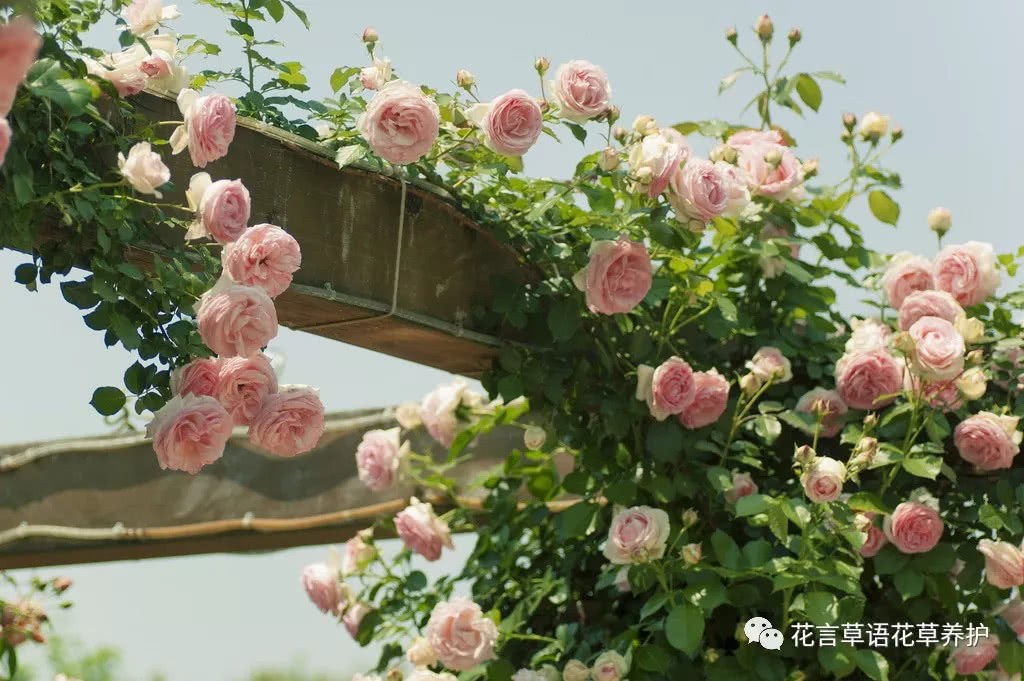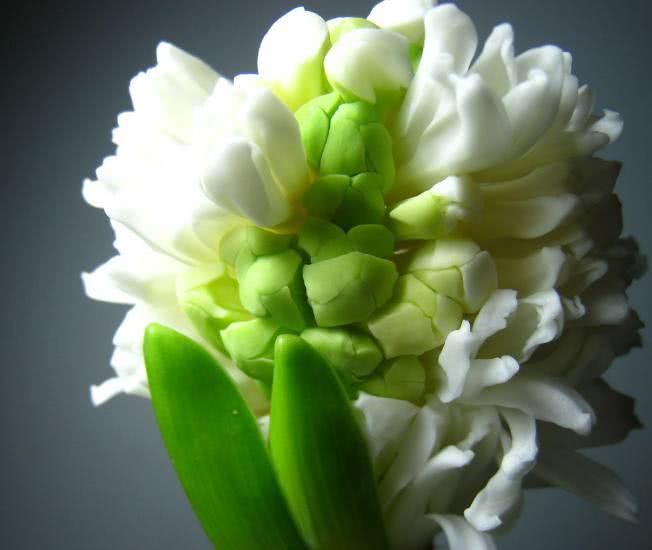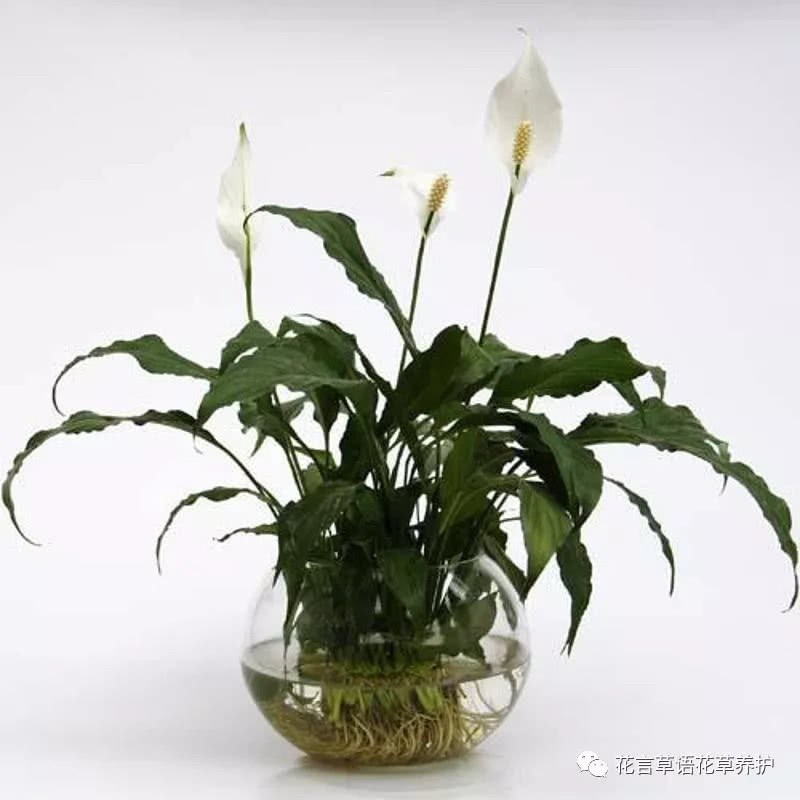How to raise a rose to have more fragrance?

Rose is a deciduous shrub native to China. Under natural conditions, it often sprawls on its back or attached to other trees to grow upward. Rose does not choose soil very much, but no matter it is planted in the ground or pot, it grows best in sandy loam which is rich in humus.
Watering
The rose is happy and moist and afraid of waterlogging. From sprouting to blooming, the water can be watered more appropriately, with the soil moist but not waterlogged as the degree, not too much watering after flowering, the soil should be dry and wet, and attention should be paid to drainage and waterlogging prevention in the rainy season.
Fertilizer application
It likes fertilizer and is tolerant to barren. Liquid fertilizer dominated by nitrogen can be applied once or twice in March to promote the growth of branches and leaves. In April and May, it can be applied twice to three times with phosphorus and potassium fertilizer to promote its poly-pregnant buds to blossom more. After anthesis, it can no longer apply fertilizer.
Pruning
The rose has strong sprouting power and luxuriant growth. if it is not pruned in time, it is prone to diseases and insect pests under the conditions of muggy, humid, lack of light and poor ventilation, so a pruning should be carried out after flowering.
Sickness
Under the conditions of rainy, humid, poor ventilation and poor sunshine, Rosa is easy to suffer from powdery mildew. Once it is found that the diseased branches are cut off and destroyed to avoid infection, and spray low concentration of stone sulfur mixture or Bordeaux solution, topurazine solution to prevent the spread of the disease.
Cuttage
You can choose the sturdy branches that are semi-lignified in the same year, place them in the shade, transplant them in the following spring after survival, or cut off the roots of the sprouting daughter plants before sprouting in early spring. The trailing branches can also be pressed into the soil during the growing period, and can be cut off and planted again after taking root.
- Prev

The flower shape of this plant is very beautiful after such a twists and turns, whether it is soil culture or hydroponic culture.
Hyacinth is prone to yellow rot when it is hot and humid. At the onset of the disease, the leaf tip begins to expand into spots, then becomes brown and necrotic, the bulb heart decays, and the mucus turns yellow. Disease-free ball was selected for prevention and control, and 1000-fold solution of agricultural streptomycin was sprayed regularly. ...
- Next

Culture method of white palm
White palm, also known as white crane taro, bract taro, (we also call it plain sailing, because white palm has a white bract like a sail) is Araceae bract taro is a perennial evergreen herb foliage plant. Propagation of white palm can be done by ramet and.
Related
- Wuhan Hospital Iron Tree Blooming Result Was Instantly Frightened by the Gardener Master
- Which variety of camellia is the most fragrant and best? Which one do you like best?
- What is the small blue coat, the breeding methods and matters needing attention of the succulent plant
- Dormancy time and maintenance management of succulent plants during dormancy
- Minas succulent how to raise, Minas succulent plant pictures
- What are the varieties of winter succulent plants
- How to raise succulent plants in twelve rolls? let's take a look at some experience of breeding twelve rolls.
- Attention should be paid to water control for succulent plants during dormant period (winter and summer)
- Watering experience of twelve rolls of succulent plants
- Techniques for fertilizing succulent plants. An article will let you know how to fertilize succulent plants.

